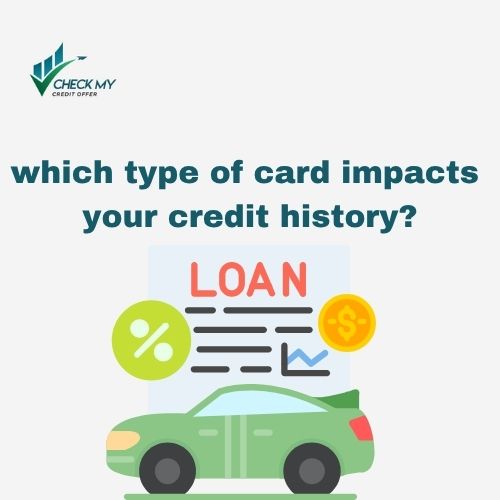What Is the Correct Definition for the Grace Period? – Credit Basics Explained
The grace period is the time between the end of your billing cycle and your payment due date when no interest is charged—as long as you pay your balance in full.
Example: If your statement closes on June 1 and your due date is June 25, you have a 24-day grace period to pay off your purchases interest-free.
If you’ve ever asked what is the correct definition for the grace period, here’s everything you need to know.
Grace Period Definition
A credit card grace period is the window of time—typically 21 to 25 days—between your statement closing date and your payment due date. During this time, you can pay off your purchases in full without paying any interest.
Grace periods usually apply only to new purchases. They do not always cover cash advances or balance transfers, which often start accruing interest immediately.
In short: The grace period gives you an interest-free window, but only if you pay your full balance on time each month.
How the Grace Period Works
The grace period begins the day after your statement closing date and ends on your payment due date. If you pay your entire balance within this time frame, you avoid paying any interest on your purchases.
- Start: Immediately after the statement closes.
- End: On the payment due date listed on your statement.
- Condition: You must pay the full balance to benefit from the grace period.
Example: If your balance is $1,000 and you pay it in full during the grace period, you’ll owe $0 in interest. But if you only pay part of it, interest applies to the remaining amount.
Situations Where the Grace Period Doesn’t Apply
While the grace period helps you avoid interest on purchases, it doesn’t always apply to every type of transaction. Here are the most common exceptions:
- Cash advances: Interest usually starts immediately on the day of withdrawal—no grace period applies.
- Balance transfers: Many cards do not include a grace period, and interest may accrue right away unless a promotional 0% offer applies.
- Carrying a balance month-to-month: If you don’t pay your previous statement in full, you typically lose the grace period on new purchases.
Tip: Always read your card’s terms. Grace periods apply mainly to purchases, not to cash-like transactions.
Benefits of Using the Grace Period
Taking full advantage of your credit card’s grace period can save you money and improve your overall financial health. Here’s why it matters:
- 0% short-term loan: Think of it as an interest-free loan for a few weeks, as long as you pay in full by the due date.
- Better cash flow management: Gives you extra time to budget and align expenses with your income cycle.
- Avoid debt spiral: Paying in full during the grace period helps you steer clear of accumulating high-interest credit card debt.
Smart use of the grace period keeps your purchases interest-free and your budget under control.
Example Grace Period Timeline
Here’s a simple example showing how a typical credit card grace period works in practice:
| Date | Event | Note |
|---|---|---|
| June 1 | Statement closes | Balance: $1,000 |
| June 25 | Payment due | Pay in full → no interest |
| June 26 | Interest starts if unpaid | Carrying balance = interest charges begin |
This timeline shows how you can enjoy an interest-free window as long as you pay your full balance before the due date.
Grace Period FAQs
1. How many days is a typical grace period?
Most credit card grace periods last between 21 and 25 days, but it varies by issuer. Always check your statement for the exact number.
2. Does every credit card have a grace period?
No. While most cards offer a grace period on purchases, some cards—especially subprime or certain business cards—may not include one.
3. Do cash advances have a grace period?
No. Cash advances usually start accruing interest immediately on the day of withdrawal, with no grace period.
4. What happens if I pay only the minimum during the grace period?
If you pay less than the full balance, you’ll lose the grace period and interest will be charged on the remaining amount.
Conclusion: Make the Most of Your Grace Period
The grace period is your interest-free window. Pay in full, use it wisely, and you’ll avoid costly charges while keeping your finances under control.
💡 Want to see how much you can save by paying during your grace period?
Try our free Credit Card Interest Calculator.
For more details, see the official guide from the
Consumer Financial Protection Bureau (CFPB).






